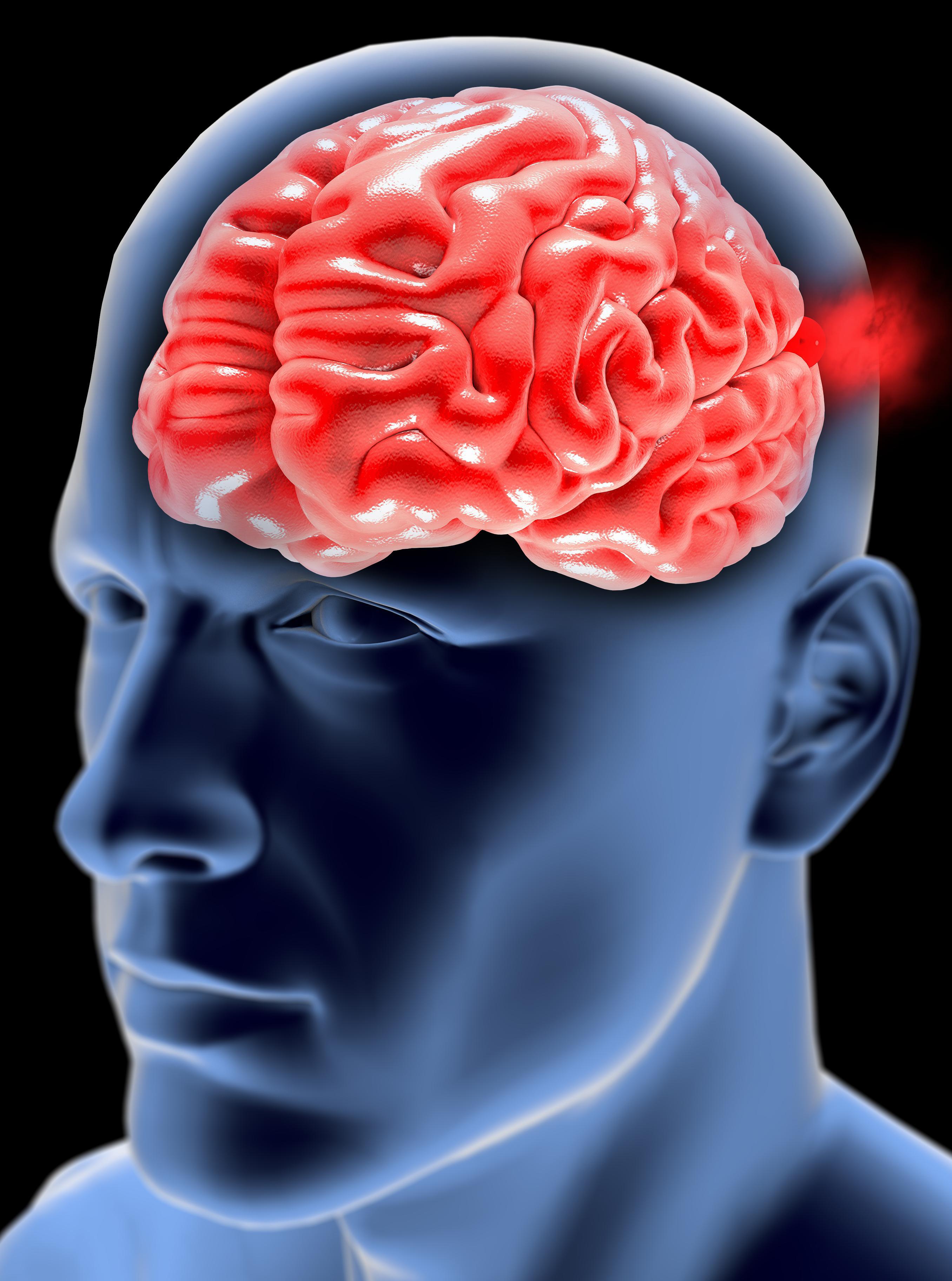How do we discover and how we treat aneurysm

Approximately 10% of the population over 60-65 years of age suffered an aneurysm. Although often asymptomatic, such an episode may become fatal in the case of blood vessel breakage, because hemorrhage is massive. Fast and accurate diagnosis can save the patient's life, and the current minimal invasive procedures allow a much faster recovery for patients with certain types of anger. What is aneurysm? . Victor Costache, Head of the Cardiovascular Surgery Clinic and Medical Director of the European Hospital Polisano, President of the Romanian Society of Endovascular Surgery. Among the causes that cause aneurysm disease are Aneurysms occur mainly in certain areas of the body: abdomen (the most common are abdominal aortic aneurysms), cerebral (cerebral artery aneurysms), chest (thoracic aortic aneurysm) and limbs (the popliteal artery aneurysm is the number one cause .
Splenic artery aneurysms and other visceral artery aneurysms are rare. Aortic aneurysms affect between 1 and 6% of patients over 60 years and the incidence of aneurysm disease is steadily rising. At first, patients with an aortic aneurysm are asymptomatic. Generally, the symptoms occur after the aneurysm exceeds a diameter of 5 cm. When not treated, aortic aneurysms are fatal.
Generally, statistics say that after the first year of diagnosis, 50% of the aortic aneurysms will break, and in the next 5 years when untreated, this percentage reaches 90%. The most common method of diagnosing aortic aneurysms is the Doppler ultrasound, which can detect any aortic aneurysm. The next step to determine as accurately as possible the diameter and volume of the aneurysm, which will depend on the determination of the therapeutic moment and the treatment method, is the Multi CT Test. Due to the evolution and availability of diagnostic methods in various medical institutions, aortic aneurysm disease can be easily and reliably diagnosed in any hospital that has an ultrasound and CT performance. Treatment with Minimally Invasive Techniques The best therapeutic way varies depending on the anatomical segment of the affected aorta.
Surgical treatment remains the privileged method for the segment of the aorta in the immediate vicinity of the heart, whereas endovascular and minimally invasive ones are increasingly used, with very good results for everything that means aneurysm of the thoracic and abdominal aorta, Victor Costache. The specialist shows that at present minimally invasive techniques are assimilated to endovascular ones. Therefore, a small incision of several cm, often placed on the femoral artery, under a brief general anesthesia, will insert a medical device - the endoprosthesis, which will exclude the aneurysm and will allow remodeling and healing of the aortic wall. This eliminates the operator trauma associated with the opening of the chest and abdomen, and thus the duration of hospitalization is greatly shortened - only 3-4 days, and the patient will immediately resume his socio-professional activity, Costache. After endovascular intervention, surgeon checks are required, including computed tomography six months after surgery, then yearly.
And after an open surgery, annual surgeons are required. In this case, the need for computerized tomography is evaluated individually. As with all vascular diseases, examinations should include a risk factor analysis. According to the specialist, success in cardiovascular medicine comes from the multidisciplinary approach, which involves the effort of a full team of doctors: clinician cardiologist, endovascular surgeon, international cardiologist, anesthetist, imagist. Photo: pixabay.
Source : csid.ro
Views : 3499
Popular Article
- (photo) Nude becomes art.
Posted: 2018-03-17, 9810 views.
- The harmful effects of air conditioning on the skin
Posted: 2017-06-08, 8519 views.
- 3 causes of dyed hair discoloration
Posted: 2017-06-15, 8403 views.
- Why early puberty occurs in girls: symptoms, favors, diagnosis and treatment
Posted: 2017-10-24, 8244 views.
- Good or bad skin treatments in the hot season
Posted: 2017-06-07, 7975 views.
Recommendations
- (photo) Nude becomes art.
Posted: 2018-03-17, 9810 views.
- The harmful effects of air conditioning on the skin
Posted: 2017-06-08, 8519 views.
- 3 causes of dyed hair discoloration
Posted: 2017-06-15, 8403 views.
- Good or bad skin treatments in the hot season
Posted: 2017-06-07, 7975 views.
- Risks of practicing sports on hot days
Posted: 2017-06-12, 7549 views.
 4 effective ingredients in the fight against acne.
4 effective ingredients in the fight against acne. How to get rid of hiccups fast
How to get rid of hiccups fast The wheat bran diet: the secret of lost pounds as if by magic
The wheat bran diet: the secret of lost pounds as if by magic The recipe that will sweeten your soul this weekend!
The recipe that will sweeten your soul this weekend!  Is it dangerous or not to refreeze meat after thawing it?
Is it dangerous or not to refreeze meat after thawing it?  The unusual sign of diabetes indicated by saliva.
The unusual sign of diabetes indicated by saliva. What to drink to boost your immune system.
What to drink to boost your immune system. 10 foods that help you never age.
10 foods that help you never age. What actually happens in your body if you drink a cup of coffee for breakfast
What actually happens in your body if you drink a cup of coffee for breakfast 5 surprising benefits of chia seeds
5 surprising benefits of chia seeds